We are very proud to have a guest post this week by Brigit Strawbridge on Bees and Permaculture….
First up we have a film of a great talk that Brigit did about bees at the Sunrise Off Grid festival in 2011, followed by a article by Brigit on Bees and Permaculture, a great resource for all bee lovers out there.
A quick note, Brigit contacted me to say that at the start of the film she says, there are 200,000 types of bees, but actually it’s 20,000, but it would be great if there was 200,000 🙂
Bees and permaculture:
I have to admit to being just a little obsessed with bees. They have fascinated and enchanted me since my childhood, but it is only since the decline of the honeybee began to make headlines a few years ago that I fully realised the magnitude of their importance as pollinators – and how much I had always taken them for granted.
Pollinators:
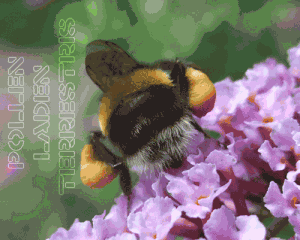 Although some of our main crops are wind pollinated, over three-quarters of our staple crop plants and most of our fruit and vegetables rely on animal pollination. Animal pollinators include birds, butterflies, moths and hoverflies, as well as lesser-known creatures such as wasps, flies, bats, beetles and even some species of ants. Bees, however, are without doubt our most important pollinators; being responsible for one third of all the food we eat and at least half of all the wild flowers on the planet.
Although some of our main crops are wind pollinated, over three-quarters of our staple crop plants and most of our fruit and vegetables rely on animal pollination. Animal pollinators include birds, butterflies, moths and hoverflies, as well as lesser-known creatures such as wasps, flies, bats, beetles and even some species of ants. Bees, however, are without doubt our most important pollinators; being responsible for one third of all the food we eat and at least half of all the wild flowers on the planet.
Brief overview of the bee population:
There are over 20,000 different species of bee in the world and around 250 of these inhabit the British Isles. These include the European honeybee (Apis mellifera), 25 species of bumblebee, and some 220 species of solitary bee. Not only do these bee species differ greatly in appearance, but they all behave differently, have different habitat requirements and are capable of pollinating different plants.
Bees within a permaculture design:
The extent of the bee’s role within any permaculture system or plot cannot be understated – it is absolutely vital that we incorporate provisions for their continued survival within our designs. This is not difficult as bees’ requirements are very basic. They need: habitat suitable for nesting, mating and hibernating – and nectar & pollen rich flowers to forage upon.
The most wonderful thing about providing for the needs and health of bees is that once you have incorporated their needs into your design, this provision will extend, in turn, to the needs and health of all life.
Keeping honeybees:
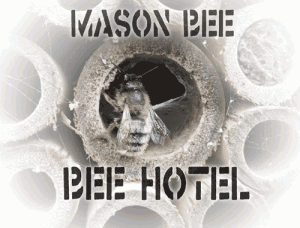 If you have space enough to place a hive, or two, you could keep honeybees, but for the purpose of this article I’m going to concentrate more (from a habitat point of view) on the needs of bumblebees and solitary bees. Suffice to say if you do decide to keep honeybees you may like to check out some of the more natural and sustainable beekeeping methods. You’ll find absolutely everything you need to know about Natural Beekeeping and how to integrate beekeeping within your permaculture design system from the following sites…..
If you have space enough to place a hive, or two, you could keep honeybees, but for the purpose of this article I’m going to concentrate more (from a habitat point of view) on the needs of bumblebees and solitary bees. Suffice to say if you do decide to keep honeybees you may like to check out some of the more natural and sustainable beekeeping methods. You’ll find absolutely everything you need to know about Natural Beekeeping and how to integrate beekeeping within your permaculture design system from the following sites…..
Natural Beekeeping Trust – http://www.naturalbeekeepingtrust.org/
Biobees – http://www.biobees.com/index.php
Permaculture Institute USA – http://www.permaculture.org/nm/index.php/site/beekeeping_main/
Providing habitat for native bees:
Although many bees are not particularly fussy about their habitat requirements – often choosing rotten windowsills, old mortar, compost heaps, garden sheds or even the pocket of an old coat – others, especially ground nesting bees, have very specific requirements.
Bumblebee habitat:
Most species of bumblebee like to nest beneath the ground. Nothing suits these bees better than a disused nest or tunnel made by mice or other rodents but unfortunately these are not as plentiful as they used to be. This is because our small mammal population is in decline. Small mammal decline has, in turn, been caused by the decline in hedgerows. So, by planting a native hedgerow, not only will you be providing yourself and other creatures with a plentiful supply of edible and medicinal plants, but you will also be creating ideal habitat for small mammals and, ultimately, for bumblebee nests. Hedgerows (and woodland edges) also serve another purpose for bumblebees when, in the mating season, males of different species can be found patrolling up and down the length of the hedgerows or tree lines waiting for newly hatched queen bees to mate with.
Certain species of our rarer ‘Carder’ bumblebees choose grassy tussocks to build their nests, whilst others will nest in old tree hollows. If you ever come across a colony of bumblebees nesting inside an old woodpecker’s hole, or in a vacated bird box, it will most likely be the Tree bumblebee (Bombus hypnorum) a recent arrival from Northern Europe. In case you’re wondering, the arrival, and successful colonisation of the tree bee in the UK isn’t seen as a threat to our existing bee population.
Solitary bee habitat:
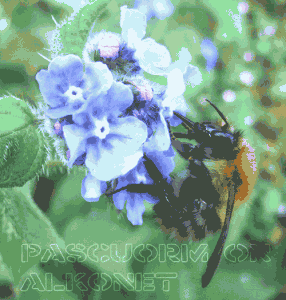 Solitary bees are amazing pollinators. One single Red Mason solitary bee (Osmia rufa) is capable of doing the same amount of work as 120 honeybees…. so it’s well worth considering ways to attract them to your plot.
Solitary bees are amazing pollinators. One single Red Mason solitary bee (Osmia rufa) is capable of doing the same amount of work as 120 honeybees…. so it’s well worth considering ways to attract them to your plot.
Habitat piles, rotten wood, compost heaps, south facing muddy banks and long grass are all great for solitary bees, but you can also create purpose built nests or ‘bee hotels’ for them. To do this, you can use bundles of hollow plant stems such as bamboo or cow parsley…or drill holes, 2 – 8mm in diameter into logs or fence posts. Place these in south facing positions and the bees will love them.
Bee attracting plants:
The internet is awash with information about which plants to grow to attract bees to your garden but there are a few basic things to bear in mind to make your plot bee friendly:
- Make sure you have pollen and nectar rich pants flowering in succession throughout the year. It’s no use providing acres of sunflowers if there is nothing for bees to forage upon for the rest of the year.
- Plant flowers in clumps rather than as single stems.
- Avoid double or multi-headed cultivars.
- Don’t use pesticides
- Plant in sunny positions wherever possible
- Bees especially like flowers in the blue/purple/lilac colour spectrum as well as pink, yellow, and white. Apart from the odd flower such as the Field Poppy bees are not interested in red flowers.
- If you want to provide bees with caviar and champagne, plant Viper’s bugloss and Borage!
Some Great Links:
I write about bees and other issues dear to my heart in my blog: http://www.beestrawbridge.blogspot.com/
I also make and upload short videos about bees to my youtube channel: http://www.youtube.com/user/pixiebaggins/videos?sort=p&view=u
My favourite site for ‘Gardening for Pollinators’ – http://www.foxleas.com/

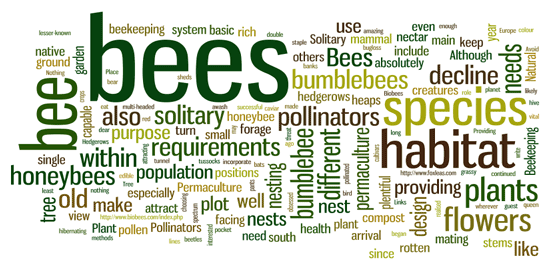
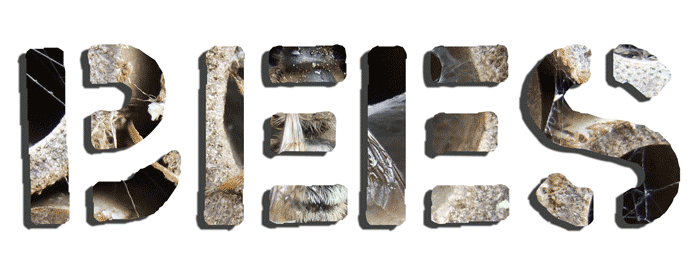
What a treat to stumble upon your website and dear Bridget who is one of my twitter pals. Just so delightful and informative…thank you Briget and Permanent Culture Now for such a great blog and video. Couldn’t find your twitter handle though..do you have one…easier for me to follow you that way, as I am going to.
Keep the bzzzz going…great work
Pam
Hi there Pam,
Really glad you like it we do have a twitter handle its @PermCultureNow
Cheers Mike
I’m putting excerpts and your links into my blog for my readers. Great stuff to remember AGAIN as we are planning and planting and cleaning out hedges and beds.
thats brilliant thanks molly, we will be doing some links sections soon so will add you to ours as well – mike permanent culture now